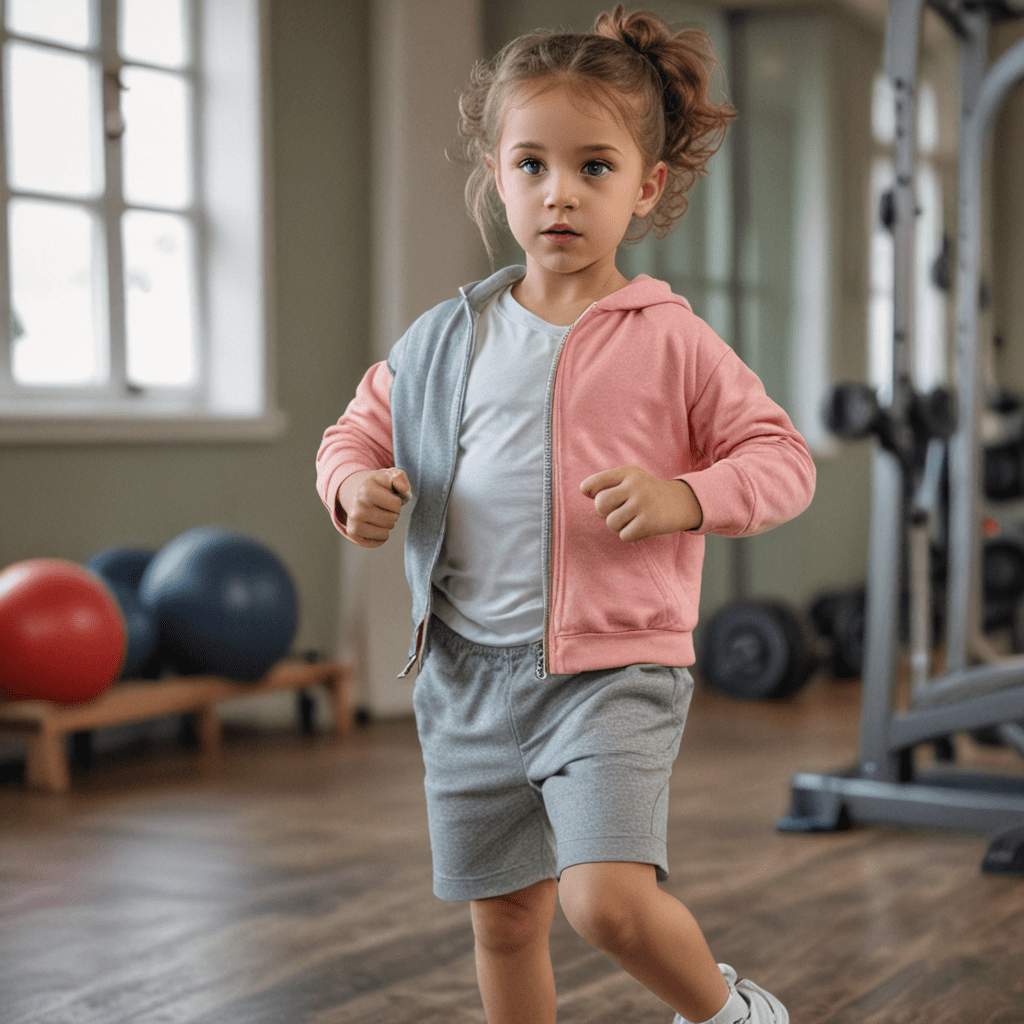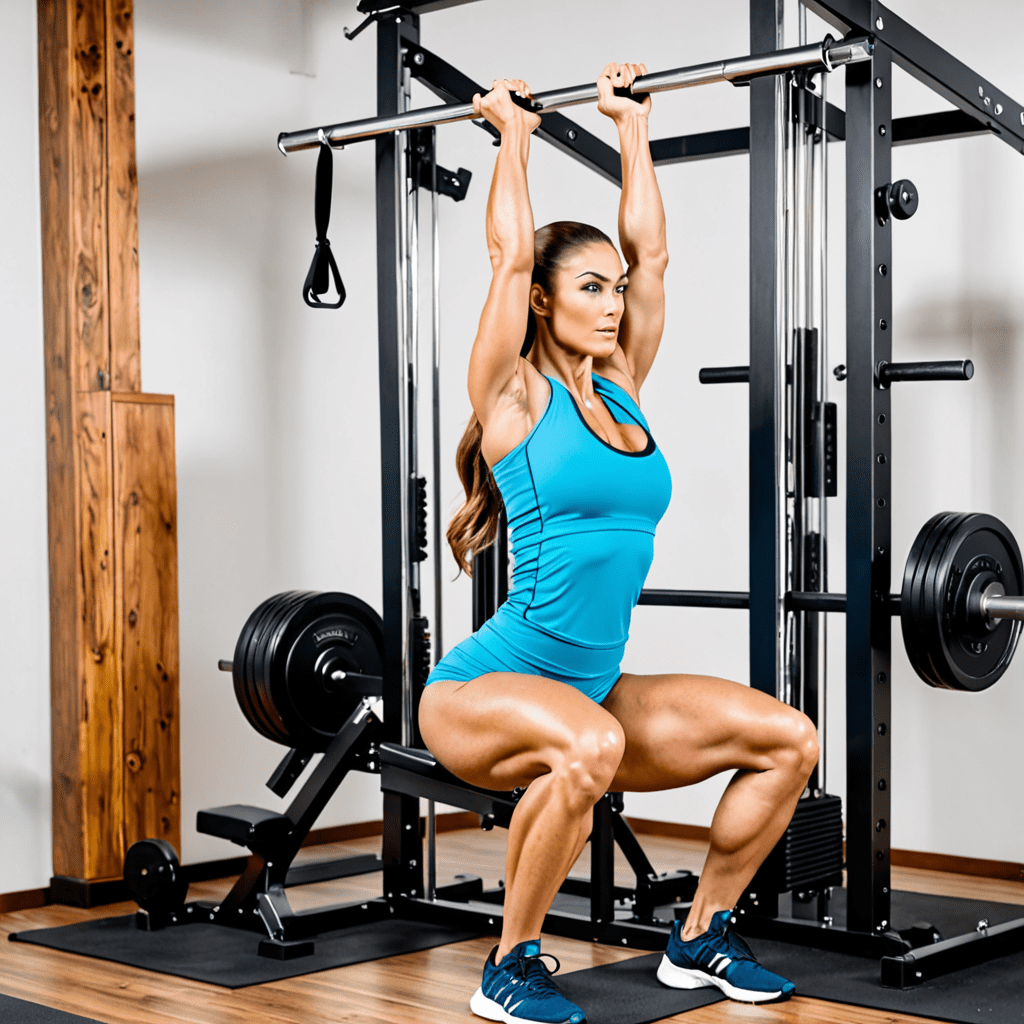
The Importance of Physical Activity for Children's Health
Physical activity is crucial for children's overall well-being, contributing to their physical, mental, and social development. Regular exercise not only enhances their current health but also lays the foundation for a healthy adulthood.
Benefits of Physical Activity for Children
Engaging in regular physical activity offers a multitude of benefits for children:
Improved Cardiovascular Health
Exercise strengthens the heart and improves blood circulation, reducing the risk of developing heart disease later in life.
Enhanced Bone Density
Weight-bearing activities such as running and jumping help build strong bones, reducing the likelihood of osteoporosis in adulthood.
Reduced Risk of Obesity
Physical activity burns calories and helps children maintain a healthy weight, lowering their risk of obesity and associated health problems.
Types of Physical Activity for Children
Physical activity for children can be categorized into three main types:
Aerobic Activity
Aerobic activities involve continuous movement that raises the heart rate, such as running, swimming, and biking. These activities improve cardiovascular health and endurance.
Strength Training
Strength training exercises, such as push-ups and squats, build muscle strength and power. They also help improve bone density and reduce the risk of injuries.
Flexibility Exercises
Flexibility exercises, like stretching and yoga, improve range of motion and reduce muscle stiffness. They help prevent injuries and promote overall physical well-being.
Recommended Guidelines for Physical Activity in Children
According to the Centers for Disease Control and Prevention (CDC), children aged 6-17 should engage in at least 60 minutes of moderate-intensity physical activity or vigorous-intensity physical activity each day.
Duration and Frequency
- Aim for at least 60 minutes of physical activity daily.
- Spread the activity throughout the day in chunks of 10-15 minutes.
Intensity and Type
- Moderate-intensity activities should raise the heart rate and cause light sweating. Examples include brisk walking, cycling, and swimming.
- Vigorous-intensity activities should cause heavy sweating and rapid breathing. Examples include running, sprinting, and team sports.
Barriers to Physical Activity in Children
Several factors can hinder children's physical activity levels:
Lack of Time
Busy schedules due to school, homework, and extracurricular activities often leave little time for exercise.
Parental Influence
Parents' own activity levels and attitudes can influence their children's behavior. Lack of parental support or encouragement can discourage physical activity.
Environmental Factors
Unsafe neighborhoods, lack of access to parks or recreational facilities, and air pollution can make it difficult for children to engage in outdoor activities.
Promoting Physical Activity in Children
Creating a supportive environment is crucial for fostering physical activity in children:
School Programs
Schools can incorporate physical education classes, recess periods, and after-school sports programs into their curriculum.
Community Initiatives
Community organizations can offer structured physical activity programs, such as youth sports leagues and fitness classes.
Parental Involvement
Parents can encourage physical activity by setting good examples, providing opportunities for exercise, and supporting their children's participation in sports or recreational activities.
Conclusion
Physical activity is an essential component of children's health and well-being. By engaging in regular exercise, children can improve their physical, mental, and social development. Parents, schools, and communities should work together to create a supportive environment that encourages children to lead active and healthy lives.
FAQ
Q: What are some fun ways to get kids active?
A: Try active video games, dance classes, or obstacle courses.
Q: How can I make physical activity a family affair?
A: Engage in family walks, bike rides, or household chores together.
Q: How can I overcome barriers to physical activity?
A: Set realistic goals, find activities that kids enjoy, and make it a priority.


